An eye-catching product image is worth more than a thousand words.
Professional-looking and optimized product photos make your products and your store more desirable and engaging in the eyes of your potential customers.
But one product image per product page simply won’t cut it.
In this post, we’ll show you why you need more than one photo per product page.
Show customers your product from every angle
Your product photos are not there merely for aesthetic purposes.
Product images are essential for ecommerce stores as they also help shoppers to understand your products better.
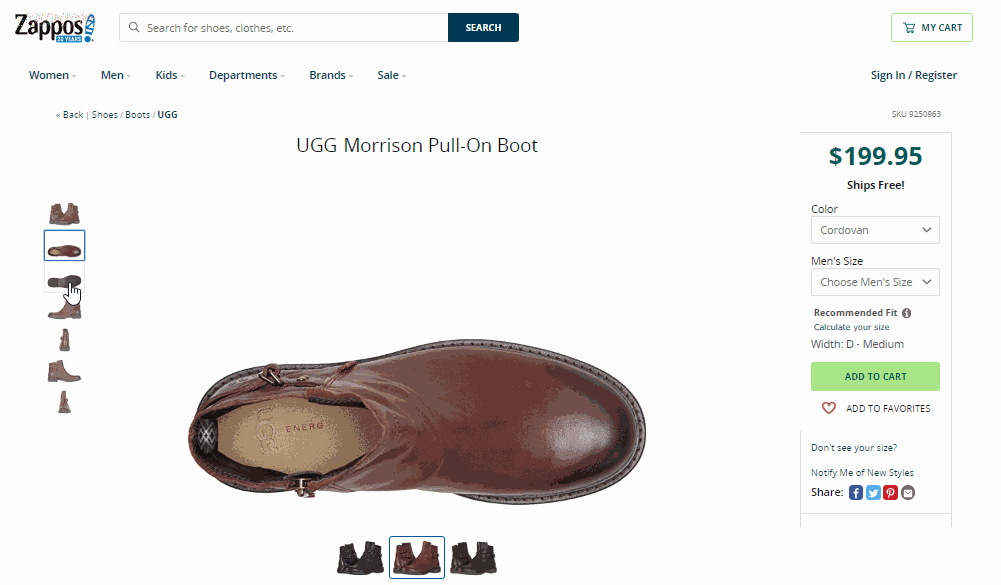
As an ecommerce store owner, you need to make sure that you’re providing your customers with enough visual information about your products.
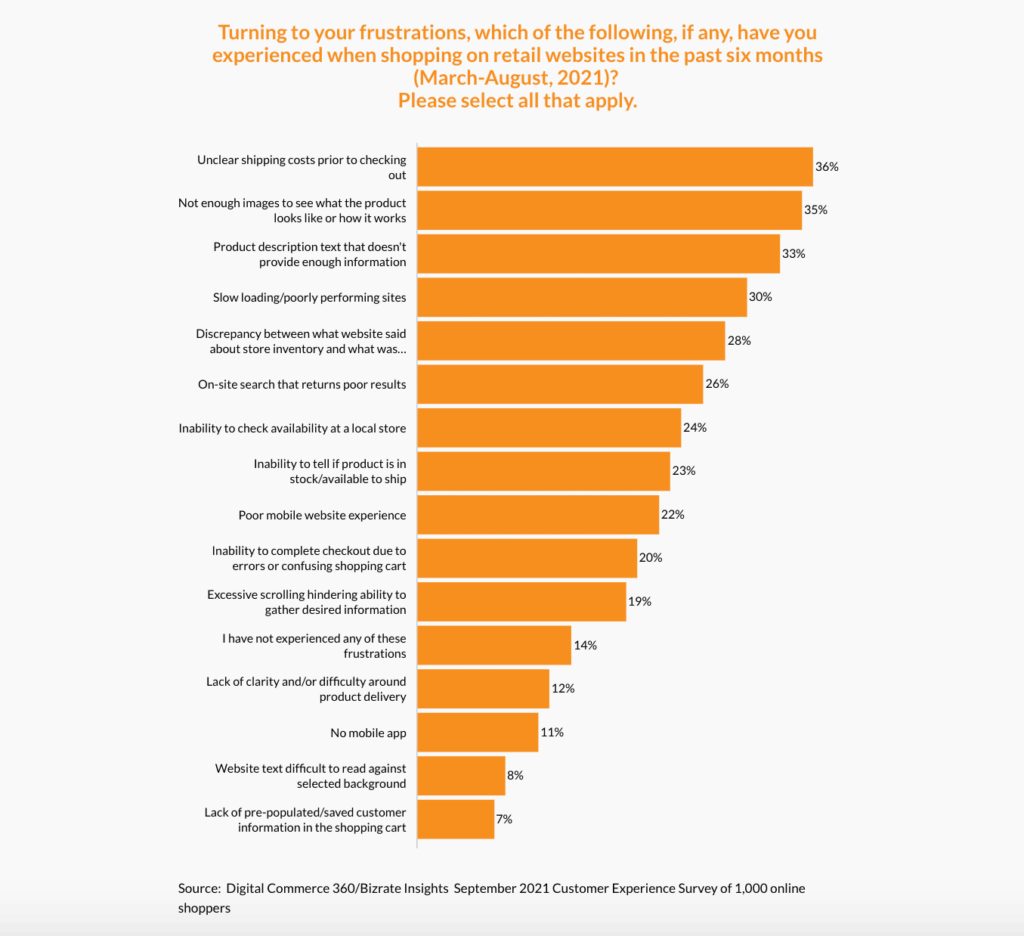
In a customer experience survey conducted by Digital Commerce 360/Bizrate Insights in September 2021, 35% of 1000 respondents said that lack of product images was one of the frustrations they had experienced in the past six months with ecommerce sites.
While product descriptions are important, product images provide shoppers with product details that text descriptions can’t offer.
Unfortunately, that’s something you can’t do with a single image.
Besides, the more product images you show, the more context you create. This has shown to help online stores increase their conversions.
The idea is to have enough images to show your product in all its detail. Ultimately, helping your customers make the decision to purchase
More product photos help to reduce return rates
Product photos can help online stores show the true look and feel of what they sell. But, that’s not the only reason you should use more than one product image on your listings.
The other reason is quite simple: product photos affect return rates.
Product return rates generate huge costs for retailers.
In fact, 22% of shoppers return the products they bought because they look different from the photos online.
Incorporating more product images improves the buying experience by setting their expectations on what the product looks like in real life.
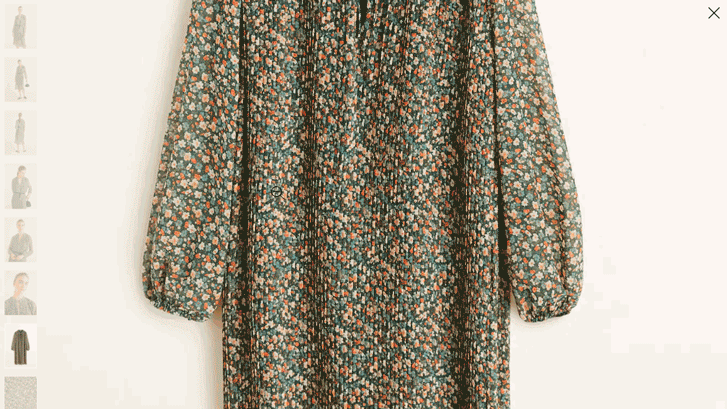
before they buy it
It helps bridge the gap and bring the ‘brick-and-mortar’ feeling to your online store, which can greatly reduce return rates, especially when compared to products that have fewer images.
It minimizes unnecessary customer support
The internet has empowered consumers – that’s a fact. Consumer behavior has changed, and shoppers are now more inquisitive.
Shoppers are quick to research, read reviews, and send you inquiries before purchasing.
But, to tell you the truth, most product inquiries can be solved with better product images.
Using several product photos – complemented by product descriptions – to give shoppers information about your merch, you can reduce customer service requests about your products such as sizing, color, materials, etc.
The more information you provide – visual or otherwise – the fewer inquiries you’ll get.
This allows you to allocate resources where you need them the most.
Photos can show scale
One main obstacle with online stores is not being able to show the true size of the products you’re selling. This is especially true if you’re selling one product with multiple size variants.
Baymard’s study on product page usability revealed that 42% of shoppers would refer to your product images to gauge the overall size and scale of your products.
This is why using more than one product image on your product pages is important. It helps your shoppers visualize the size of your products.
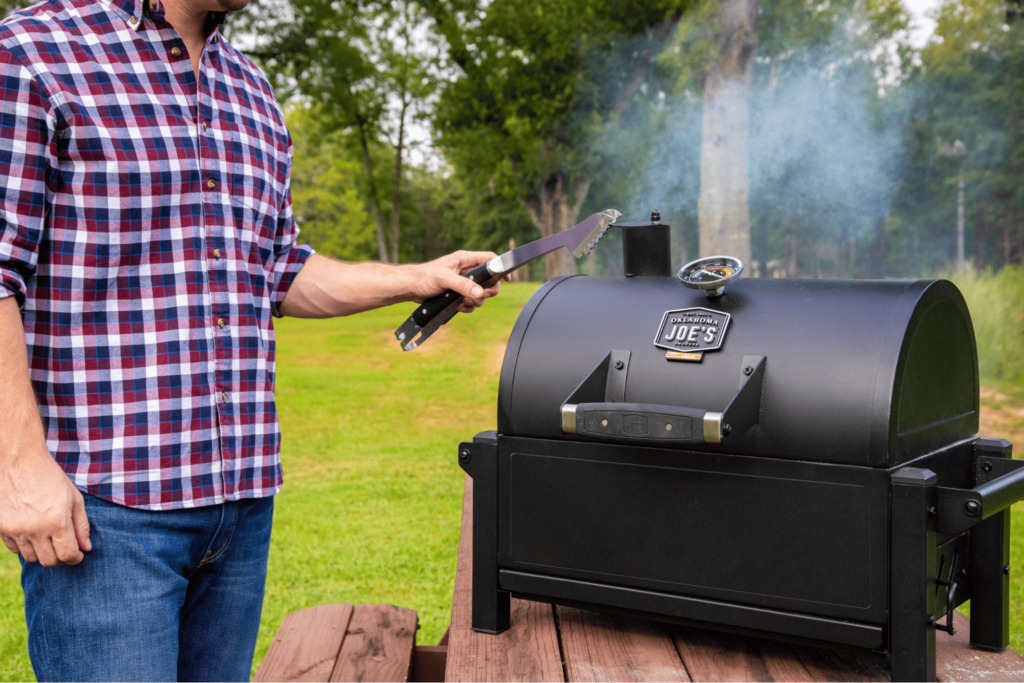
For instance, if you’re selling a grill, don’t show a product image only, and show an image of the grill in a backyard next to people.
When deciding how to show your product scale, it’s important to consider how the product will be used.
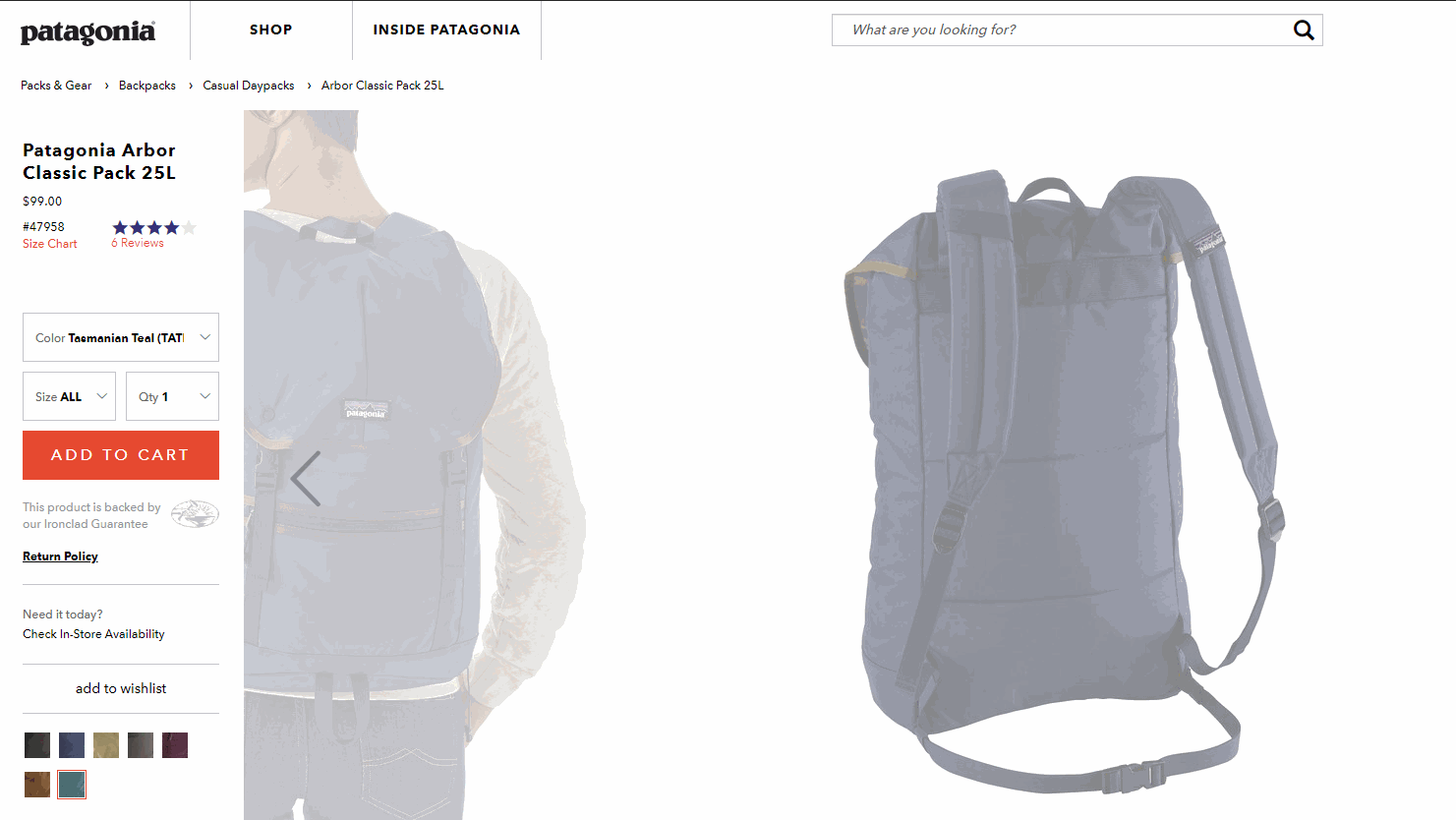
If you’re selling clothing or accessories, for example, have the model wear them. This product from Patagonia shows how big the product is when worn.
This ties in with reducing return rates, especially because ill-fitting products are one of the main reasons shoppers return their purchases.
So you’d better show your shoppers how the product looks before they buy it and end up returning it.
More product photos help to increase shareability for social proof
When you have several product pictures on your product page, you’re offering your customers more images to share with their network.
A study found that 27% of shoppers regularly use online feedback to decide which business to patronize.
When customers leave product reviews or post on their social networks about products they liked, they normally use actual photos they get as well as photos on your website.
As a business owner, you’d want to make sure that you leave a positive impact on your products. Having multiple high-quality and appealing product images that your customers can share can help you achieve that.
With more images for your customers to share, you’re increasing the likelihood of your products being discovered by potential shoppers. This also means a boost in your web traffic, and hopefully sales.
Last Thoughts
Consumers are looking for the best shopping experience, which means you need to pay attention to how you display your products.
Using more than one photo on your product pages is part of that equation, especially because more photos mean better conversion rates and a friendlier user experience.
Here are a few takeaways that could help you optimize your product pages through product photos:
- Show your product from every angle and don’t forget about the zoom function.
- Incorporating more product images helps your shoppers interact with your products and reduce return rates.
- Make sure your product images answer the shoppers’ inquiries for you
- Every customer wants to see how big or small the product is. Show scale.
- Make sure you have enough professional-looking photos for social shares.








